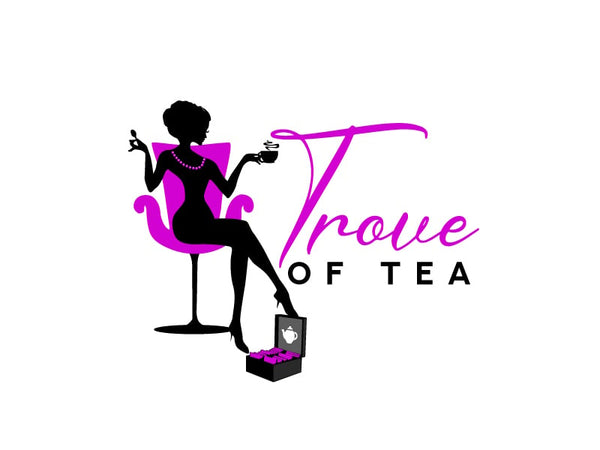Tea 101: A Comprehensive Guide to the World's Favorite Beverage
Tea is more than just a drink; it's a global phenomenon that has been enjoyed for centuries. With a rich history and an extensive variety of flavors, tea is the second most consumed beverage in the world, following only water. Whether you're a seasoned tea enthusiast or a curious newcomer, this comprehensive guide will take you through the basics of tea, its different types, and how to enjoy it to the fullest.

What is Tea?
The History of Tea
Tea has a storied history that dates back over 5,000 years. Originating in China, it was first consumed as a medicinal drink. Legend has it that Emperor Shen Nong discovered tea when a leaf from a nearby tree blew into his boiling water. From China, tea spread to Japan, where it became central to the Zen philosophy and tea ceremonies. By the 17th century, tea had reached Europe, where it became immensely popular, especially in Britain, leading to the iconic British tea culture.Types of Tea
Tea comes in several main varieties, each offering a distinct flavor. The primary types of tea are Black, Green, Oolong, White, and Herbal.- Black Tea Flavor Profile: Bold, robust, and often malty or fruity.
- Caffeine Content: High.
- Popular Varieties: Earl Grey, Darjeeling, Assam, and English Breakfast.
- Green TeaFlavor Profile: Fresh, grassy, or slightly sweet.
- Caffeine Content: Moderate.
- Popular Varieties: Matcha, Sencha, and Dragonwell.
- Oolong TeaFlavor Profile: Somewhere between black and green tea; can be floral, fruity, or nutty.
- Caffeine Content: Moderate.
- Health Benefits: Oolong tea aids in weight management, improves digestion, and promotes healthy skin.
- Popular Varieties: Tieguanyin, Da Hong Pao, and Dong Ding.
- White TeaFlavor Profile: Delicate, light, and subtly sweet.
- Caffeine Content: Low.
- Popular Varieties: Silver Needle, White Peony, and Shou Mei.
- Herbal TeaFlavor Profile: Varies widely depending on the ingredients; can be fruity, floral, minty, or spicy.
- Caffeine Content: Naturally caffeine-free.
- Popular Varieties: Chamomile, Peppermint, Rooibos, and Hibiscus.
Tea Culture Around the World
Tea is deeply ingrained in cultures across the globe, each with its own unique traditions and rituals. Here’s a glimpse into how tea is enjoyed in different parts of the world:
China: The birthplace of tea, where tea culture is steeped in history and tradition. The Chinese tea ceremony emphasizes mindfulness and the art of brewing tea to perfection.India: India is one of the largest tea producers in the world, and chai—black tea brewed with spices, milk, and sugar—is a beloved beverage enjoyed by millions daily.
Incorporating Tea into Your Daily Routine
Tea can easily become a part of your daily wellness and self-care routine. Here are a few ideas:
Morning: Start your day with a cup of green tea to kickstart your metabolism and boost your mental focus.Afternoon: Enjoy black tea in the afternoon for a gentle pick-me-up and to stay energized throughout the day.
Evening: Wind down with a calming herbal tea like chamomile or lavender to prepare your body and mind for restful sleep.
Mindful Moments: Take a break during your busy day to brew and enjoy a cup of tea. This simple act can help you reconnect with yourself and reduce stress.
Conclusion
In conclusion, tea is a versatile and beloved beverage with a rich history and a wide range of flavors and benefits. From black tea’s robust energy boost to the calming effects of herbal teas, there’s a tea for every mood and moment. By understanding the different types of tea and how to brew them, you can fully appreciate this ancient beverage and incorporate it into your daily routine for a healthier, more balanced life.
Whether you’re sipping tea for its health benefits, enjoying it as part of a cultural tradition, or simply taking a moment to relax, tea remains a global favorite for good reason. Embrace the world of tea and discover how this timeless beverage can enhance your life.
*These statements and products have not been reviewed or evaluated by the FDA. These products are not intended to diagnose, treat, cure or prevent any disease or illness. Any and all statements made on this website in regard to products are not expressed as medical claims.
